As of 2022, the jury is still out on benefits of barefoot running. 1See painscience.com’s heavyweight rundown – the best, most comprehensive barefoot running research compilation I found if you have 20 minutes.
So why am I still living the barefoot life? Wearing Lems Primal 2s and Xero Alpines all fall and winter, EarthRunner Primals all spring and summer, Vibram Five Fingers for weightlifting and cardio, and nothing when I run on grass or sand?
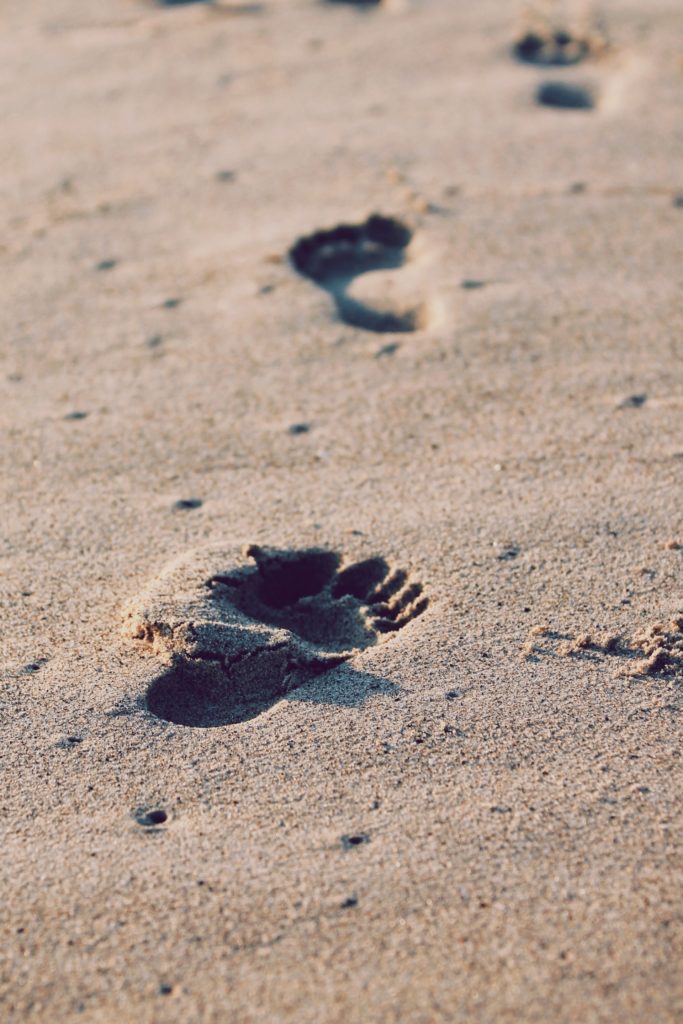
The short answer? Although I started out a drank-the-koolaid barefoot runner – as in properly barefoot in my birthday kicks – (because I read the barefoot bible Born to Run on the heels of finishing a degree on the evolution of human biology)…
…the real reason is lightweight footwear continues to feel amazing. Liberating. And I continue to be more pain-free than before my barefoot days. There has been no injury that might make me question whether my shunning of “foot coffins they call shoes” might be doing me harm.
“Foot Coffins You Call Shoes” and other hilarious tropes:
The long answer… is the rest of this article!
Sweet Sweet Fleet Feet
Let’s start with the biggest benefit (for me) of being a perma-barefoot person. Comfort!
Kicking off one’s shoes at the end of the day is kind of an institution. What if you never put them on in the first place?
Okay, I jest. Yes, you have to go out in public and traverse heat, cold, and sharp terrain.
I spent the first few years of my adult life a rafting guide devotee of Chacos – lauded for their all-terrain ruggedness, custom fit with 100% adjustable straps, and choice of sole rubber 2including a mega sticky but rapidly disintegrating version that was great in slippery water environments and hard on the wallet. In my first few years of traveling around the world, I wore nothing but my Chaco Z1 Sandals. Even in bug-ridden jungles. Even in sub-zero Andean villages.
I never noticed my Chacos feeling like bricks until I experienced the lightness of my first pair of Vibram Five Fingers – at the time the only “barefoot shoe” on the market.
“Wait… you put five fingers… on your toes?” and more hilarious tropes:
Then I thought back to an ultra-light backpacking class I’d taken in college, where the world-renowned instructor stood by the adage that one pound of weight carried by your feet is the equivalent of adding five pounds to your back.
True?
According to howstuffworks.com… yes:
“…numerous studies by academic researchers and even the U.S. Army have concluded one thing on the matter: Weight on the feet is disproportionately more exhausting than weight carried on the torso. […] The consensus was that carrying an amount of weight on the feet required between 4.7 and 6.4 times as much energy as carrying that same weight on one’s back.”
That explains the bodily lightness I feel when barefoot!
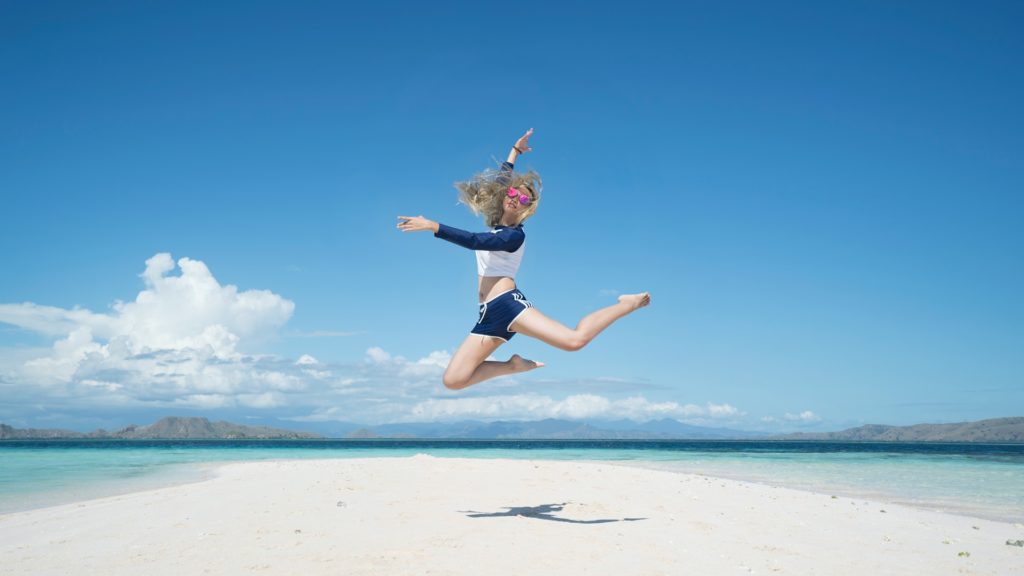
So my barefoot dedication held steady. Meanwhile, the market for barefoot running sandals and shoes grew. (Minimalist shoes mimic the ergonomics and feel of being barefoot as closely as possible.)
Now, eleven years later, the only pair of shoes I own that aren’t minimalist are my rainboots. If I can find reviews that say Lems waterproofing of their boulder boot will hold up to life in the temperate rainforest where I spend most my time, I’ll be a 100% convert soon!
.
Why I Don’t Have Barefoot Running Injuries
My educated guesses about why barefoot running hasn’t set me googling “ankle pain” or “top of foot” injuries:
- I’m an alignment junkie
- I’m a maintenance runner
- My genetics might lend themselves to shoelessness.
Alignment Junkie
When I first became a barefoot runner, a quarter century of poor ergonomics were taking a visceral toll on my body. Knee problems and back problems were quietly slipping in. Using barefoot running technique corrected lots of ergonomic abuse. And then…
In 2016, I finally fulfilled my lifelong dream of going to Circus School. 3Nope, never ran away with the circus!
Although acrobatic and aerial fun were on the agenda, I didn’t expect to spend dozens of hours every month (one to two hours a day!) training little tiny micromovements in my neck, spine, shoulders, pelvis, feet, wrists, and core.
I passed entire afternoons under the tutelage of a circus coach guiding me through motions you couldn’t see from five yards away. I’d gone from wondering in yoga classes, “What does ‘open your heart center’ even mean?” to being able to translate that sentence to “engage your transverse abdominus while keeping your pelvis centered and externally rotate your shoulders while tucking your lower ribs.”
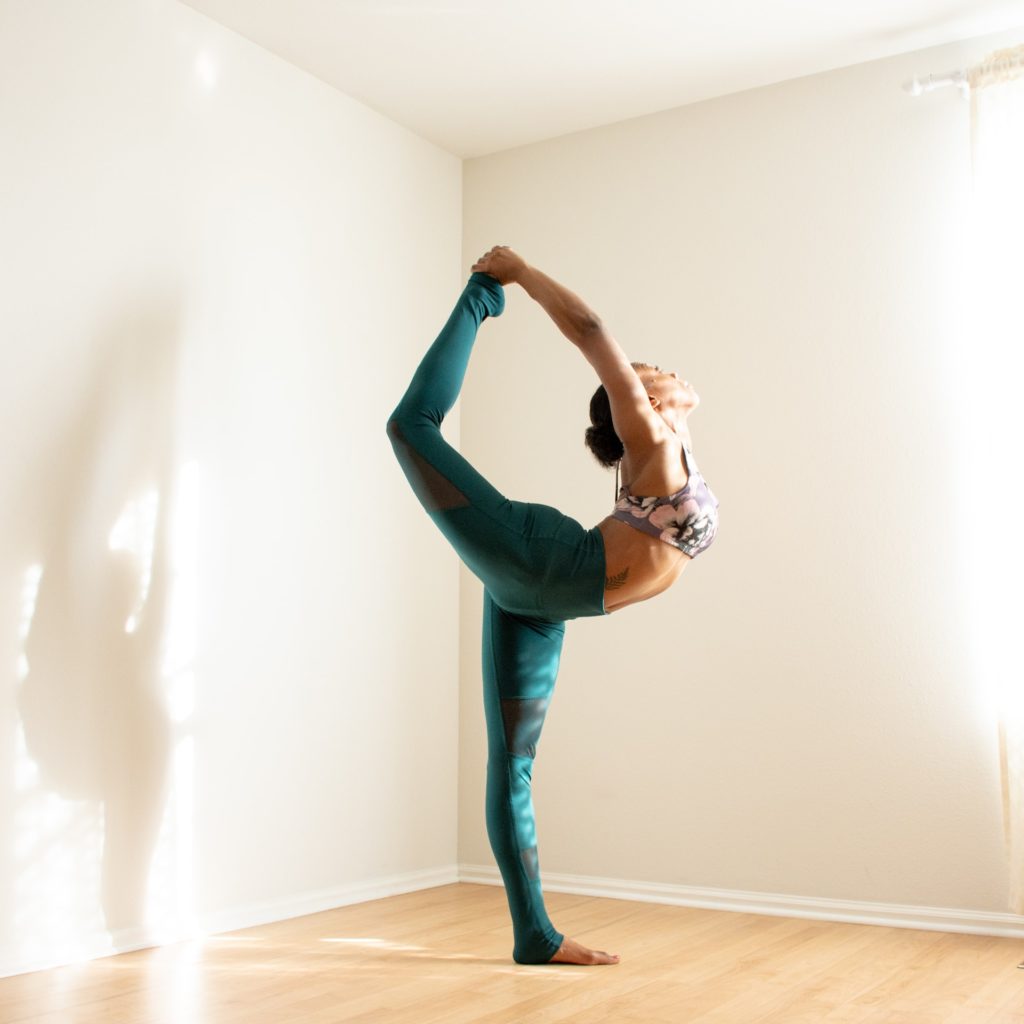
She’s got “open heart center” on lock! Look at those perfectly square hips and shoulders! I’d put money on her being a barefoot runner or aficionado.
Circus gave me a new level of body awareness, built on a five-year foundation of competitive rowing, where you deeply concentrate and strive for perfection in a complicated series of movements. Later, an injury forced me to choose between yoga… or no-movement-at-all. It’s been four years since I opted for the yoga, and I still hop on my mat every. day.
My point?
I’m really, really, really aware of my posture and what’s happening in my body – especially my joints. I tend to move precisely – AKA with “proper biomechanics.” I can’t remember the last time I tweaked my back/neck/knee/ankle. So perhaps my lack of barefoot running injuries… might be part of a general lack of injuries.
Maintenance Running
Non-injury guess #2: maybe I don’t run enough to get injured?!
In a 2016 study 4which I first saw in an excellent PainScience article summarizing barefoot running research, two hundred experienced runners, some of whom wore shoes, reported stats over the course of a year. The injury rates – which take into account total distance run – were “not statistically different between groups due to significantly less mileage run in the barefoot group.” (24 km vs 41 km)
As a Runner’s World article dryly noted about the study, the only way the study’s conclusions prove barefoot-is-better “is if they’re arguing that barefoot running reduces injuries by preventing you from running as much as you’d like.” (Ha!)
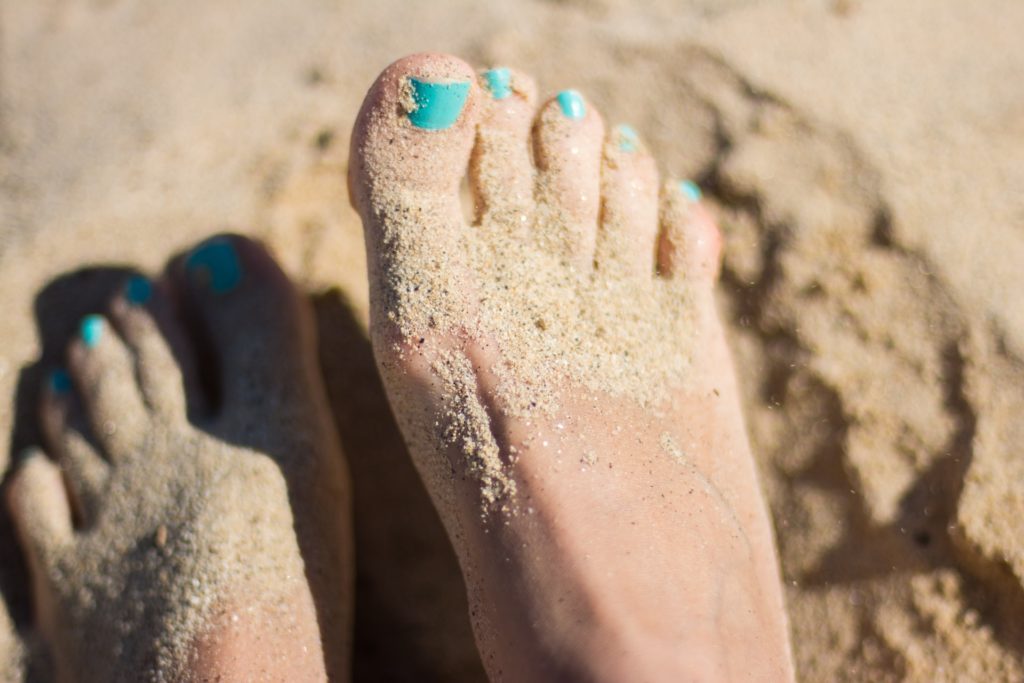
Barefoot running benefits, for me, include spending only the minimum amount of cardio time required to be able to play all day when the opportunity arises.
Barefoot running doesn’t impact my mileage, because… mileage ain’t my thing. My goal – in perpetuity – is to get in at least three 30-minute cardio sessions every week. My year-round default is to achieve that with a three mile run, which I do in minimalist/”barefoot” shoes. So perhaps I fall into the crowd who isn’t getting injured from barefoot running, because they aren’t doing much of it.
Shoeless Genetics
Non-injury guess #3: maybe I was born this way?
Individual biomechanics come up in both a barefoot article from Outside Magazine and that awesome PainScience article.
The PainScience Science writer references a paper comparing length of heel bones and relative calf size. Short heel bones = large calves. 5And a lower likelihood of becoming an elite sprinter, who tend to have long heel bones. He goes on to conclude that each runner’s anatomical differences probably mean different injury risks. So for some, barefoot running might actually be better. And for others… maybe not. Maybe even worse. After over ten years of injury-free barefoot running, I’m guessing my biomechanics are suited to it – if there is such a thing!
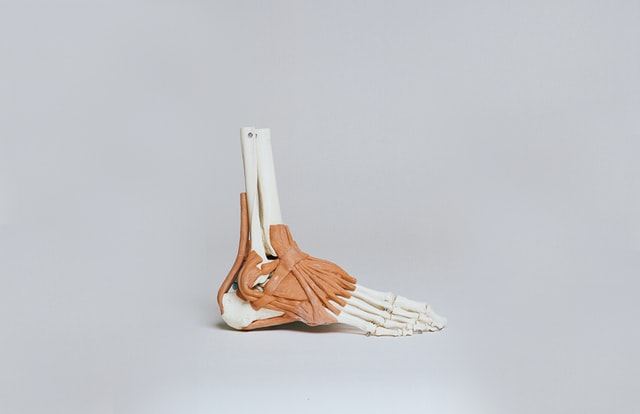
My confidence in ” it’s probably runner-specific” grew after reading the Outside article’s coverage of a small 2017 study on force generation.
In the short history of modern barefoot running, devotees have spent a lot of time arguing foot wear and foot strike make an enormous difference to the amount of force getting applied to the body. The study showed, however, a body will tend to generate the same total force regardless of type of foot strike or foot wear. Whoa!
In that case, it seems running impact and its consequences probably have a lot to do with the individual runner and their technique. It’s possible injuries – rather than resulting from too much force – might come from forces ending up in places in the body that aren’t up to handling them, either by nature (don’t lift with your back!) or nurture (I haven’t ever asked this of my calves before).
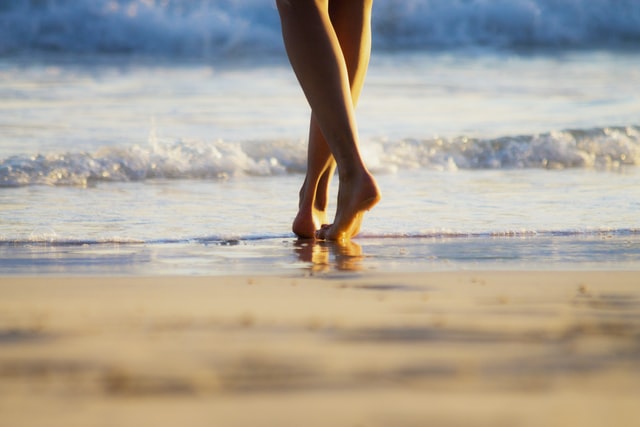
Actually, come to think of it, my calves really sore when I first started barefoot running!
So perhaps I never need to specify “injury free” barefoot running shoes to my good buddy Google 6Actually, I try to opt out of the Googleverse as much as possible by using Duck Duck Go search engine and the Brave brower as much as possible. partly due to the “right” biomechanics for injury-free barefoot running?
Best Barefoot Running Shoes
Ten years ago, I ditched my heavy Chacos and started running and hiking as often as possible in the only barefoot shoes I owned… my actual bare feet.
While I still prefer to run, hike, walk and exist totally barefoot, there are many many situations where it’s not possible or practical. Thankfully – finally- there are lots of barefoot minimalist shoes on the market.
The best barefoot running shoes for me, as of 2022, are:
Because I loathe shopping 7shopping = weighing a bunch of banal data points to make a decision, I will stick with this cast of characters until the companies making them take them off the shelves.
Xero Alpine
.
I got my Xero Alpines right when they came out. I had been looking for years for a barefoot, minimalist boot that could perform in freezing, wet conditions, and nothing I tried could keep my piggies toasty on an outdoor winter adventure. Finally I found a snow boot that actually performs in the snow!
Lems Primal 2
.
I wear my Lems Primal 2s nearly year-round. They are enormously comfortable.
Despite officially being a sneaker, the black-on-black option blends well enough for my standards at dinner parties and professional meetings. I get compliments on them all the time. I continue to convert people to the Lems way of life!

I bought my first pair in 2016 and wore them nearly every day for two years. I performed onstage, attended dress-to-impress events, and hiked dozens of miles in National Parks in Tasmania, Alaska, and Washington before normal wear-and-tear called for downgrading them to farming shoes. They lasted another two years before my personal shoe-Achilles-heel (a place on the ball of my foot where shoes always wear through first) claimed them. When the rains come this winter, I’ll send these original Lems – worn for more than 1,000 days over four years – to the trash heap.
I’ve been wearing my second Primal 2s, for two years now, and I’ll probably spoil myself with a new pair this winter using the excuse that I need new work shoes. They’ve been great for the non-stop walking of Disneyland, Machu Picchu, and glacial fields in the Andes – not to mention regular life in the Pacifc Northwest of the U.S.
Earthrunners Primal
.
I live in these in the spring and summer. The Primals are super light-weight – the thinnest sole Earthrunners makes. A month and half into choosing the thin “Primal” sole, I began to worry the tread was quickly melting away. Four years later, my fears have proven unwarranted. I expect to easily get another year or two out of them before my usual wear spot becomes an issue.
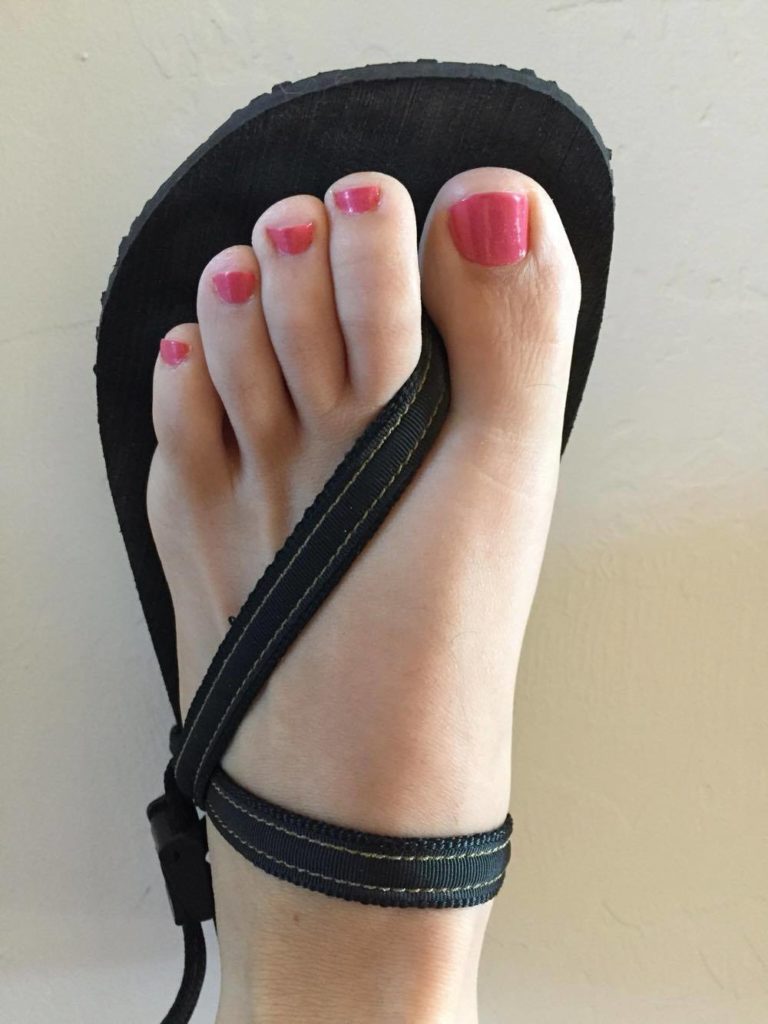
They have great ground-feel while still providing a little protection in rougher terrain. Stream-bed walking is a cinch in these. They don’t pick up between-foot-and-shoe rocks the way my Chacos did. When I do get an occasional rock, it comes out easily without ever having to take the shoe off.
My favorite thing about these shoes: they don’t stink! My Chacos – my former adventure sandal of choice – absolutely reeked. I lost dozens of hours of my life to soaking Chacos in baking soda water. The Earthrunners have been basically smell-free for four years and counting.
If you’re thinking of adding them to your repertoire, check out what else I have to say about them (and get a discount code!).
Vibram Five Fingers KSO EVO
.
Right now I’m wearing the KSO EVOs. I’ve been buying and wearing Five Fingers longer than any other barefoot running or minimalist shoe. As Vibram changes their product line, I go through the shopping process again.
I always get the thinnest sole in whatever the current product line is that also covers the top of the foot to the ankle. Here’s why: ground feel is really important to me when it comes to barefoot running shoes. The thinnest soles have the best ground feel I’ve found. Top-of-foot coverage is a priority for me after years of having debris sneak in the top of covers-toes-only women’s shoes, and having to constantly take them off and shake them out.

This is my current pair of Vibram FiveFingers KSO EVOs
I can run in all of my minimalist shoes, but the five fingers are the lighter than my Primal 2s and have less ground-slap than the Earthrunners . I love that I can throw these in the wash, which I do once or twice in the summer and monthly in the rainy winter. When I’m in a gym-phase, these are my favorite thing to wear when weightlifting. I feel so light, springy, and powerful.
.
Why Barefoot Running Benefits Me
In summary – I started out running barefoot because Born to Run, coupled with my background in evolutionary biology, convinced me I should. I found running barefoot – and later in minimimalist shoes – really comfortable.
Since I’m an alignment junkie who isn’t trying to rack up high miles and whose specific genetics might favor barefoot running, I’ve been running in minimalist shoes or my birthday kicks for ten years with no injuries.
My favorite shoes to wear (when “none” isn’t an option) are Xero Alpines, Lems Primal 2s, EarthRunner Primals, and Vibram Five Fingers KSO EVO.
♣ Happy Running!
You might also like:
The Best (and WORST) of Earth Runners Primal Sandals
Fructose vs. Sugar: Why I Don’t Eat Fructose
Why I Drink Kombucha
How to Live Without a Smartphone
References
| ↑1 | See painscience.com’s heavyweight rundown – the best, most comprehensive barefoot running research compilation I found if you have 20 minutes. |
|---|---|
| ↑2 | including a mega sticky but rapidly disintegrating version that was great in slippery water environments and hard on the wallet |
| ↑3 | Nope, never ran away with the circus! |
| ↑4 | which I first saw in an excellent PainScience article summarizing barefoot running research |
| ↑5 | And a lower likelihood of becoming an elite sprinter, who tend to have long heel bones. |
| ↑6 | Actually, I try to opt out of the Googleverse as much as possible by using Duck Duck Go search engine and the Brave brower as much as possible. |
| ↑7 | shopping = weighing a bunch of banal data points to make a decision |




Twitter Facebook Google+ StumbleUpon Reddit Pinterest